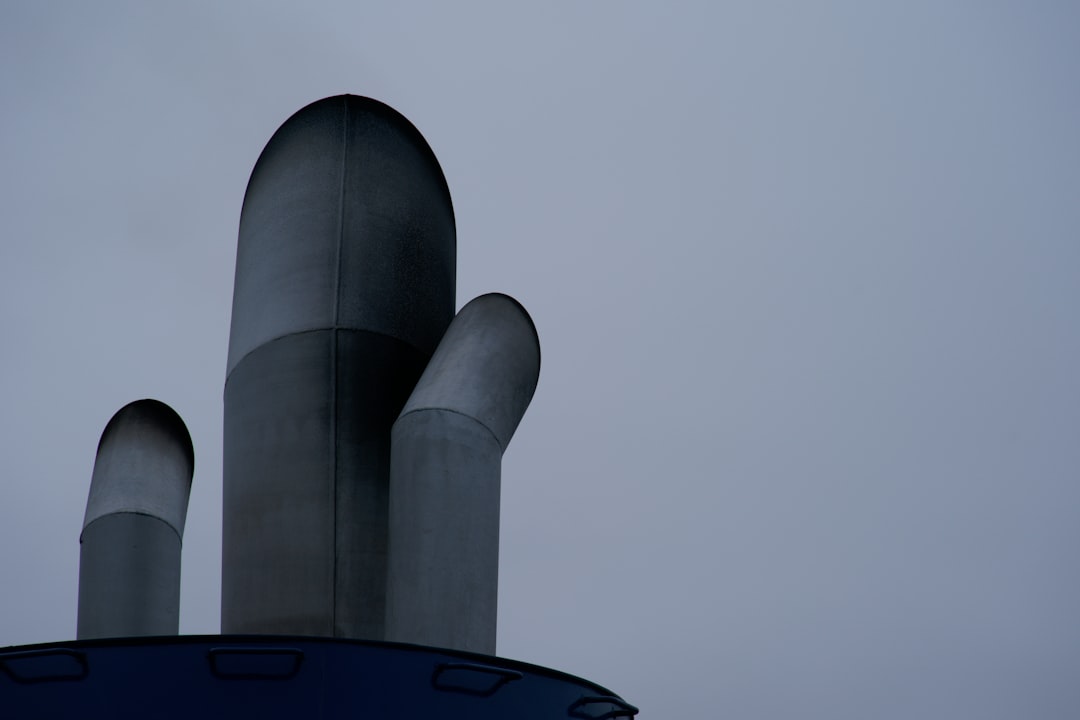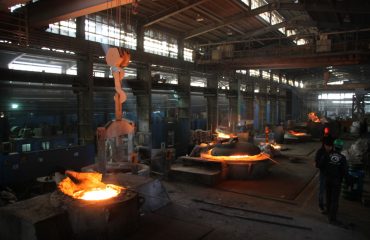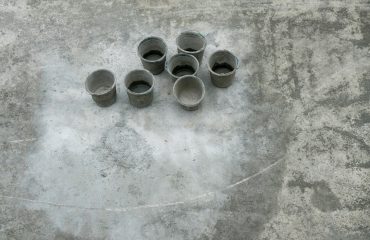Wind turbines, the silent giants of renewable energy, rely on complex and robust support systems to harness the power of the wind. These systems, often overlooked, are critical to the efficient and safe operation of these massive structures. This in-depth exploration will delve into the intricacies of wind turbine blade support, examining the various components and their crucial roles in maximizing energy production and ensuring longevity.
1. The Foundation of Power: Understanding the Main Bearing System
The main bearing system sits at the heart of a wind turbine’s support structure, acting as the pivotal point around which the nacelle (housing the gearbox, generator, and other components) rotates. This system typically comprises a combination of bearings, including:
- Main Shaft Bearings: These large, high-precision bearings support the weight of the nacelle and rotor, enabling smooth yaw (horizontal) and pitch (vertical) movements.
- Yaw Bearings: These allow the entire nacelle to turn into the wind, maximizing energy capture. They are designed to withstand significant loads and resist wear from constant rotation.
- Pitch Bearings: These bearings are crucial for individual blade pitch control, allowing the blades to adjust their angle to optimize energy capture in varying wind speeds. Their precise operation is vital for efficient energy generation and preventing damage from excessive loads.
The design and material selection for main bearing systems are critical. Factors like load capacity, fatigue resistance, and lubrication are meticulously considered to ensure reliability and a long operational lifespan. Regular inspection and maintenance of these bearings are essential for preventing catastrophic failures.
2. Pitch Control Systems: Optimizing Energy Capture and Protection
Pitch control is a sophisticated system that adjusts the angle of each turbine blade individually. This adjustment allows the turbine to:
- Maximize Energy Capture: At optimal wind speeds, the blades are positioned to extract maximum energy.
- Protect Against Over-speeding: In high winds, the blades are pitched to a feathered position, reducing energy capture and preventing damage to the turbine.
- Smooth Operation: Pitch control ensures smooth and efficient power generation across varying wind conditions.
The pitch system relies on hydraulic or electric actuators, controlled by a sophisticated control system that monitors wind speed and adjusts blade angles accordingly. The precision and responsiveness of this system are critical to the turbine’s overall performance and safety.
3. Yaw Systems: Tracking the Wind for Maximum Efficiency
The yaw system allows the entire nacelle to rotate (yaw) to align with the prevailing wind direction. This ensures that the turbine is always facing directly into the wind, maximizing energy capture. The system generally comprises:
- Yaw Drive: This mechanism rotates the nacelle, often powered by a hydraulic or electric motor.
- Yaw Gearbox: This component reduces the speed of the yaw drive motor while increasing the torque, allowing for smooth and controlled rotation.
- Yaw Sensors: These sensors constantly monitor wind direction and provide feedback to the control system.
Precise yaw control is crucial for efficient energy production. Even small deviations from optimal alignment can significantly reduce energy output. Regular maintenance and calibration of the yaw system are crucial for maximizing its performance and preventing malfunctions.
4. Blade Support Structures: Ensuring Structural Integrity
Beyond the main bearings and control systems, the structural integrity of the blades themselves is paramount. Blade support structures play a key role in this. These structures, often made from composite materials, must withstand immense forces generated by wind loads, centrifugal forces, and thermal stresses.
The design and construction of blade support structures are complex engineering feats. Finite element analysis (FEA) is often used to simulate the stresses and strains on the blades under various conditions, ensuring that they can withstand the extreme forces they experience. Regular inspections for fatigue cracks and other damage are essential to maintaining structural integrity.
5. Maintenance and Monitoring: Ensuring Long-Term Reliability
Regular maintenance and monitoring of wind turbine blade support systems are critical for ensuring long-term reliability and preventing costly downtime. This includes:
- Regular Inspections: Visual inspections, vibration analysis, and oil analysis are used to detect potential problems early on.
- Predictive Maintenance: Advanced monitoring systems use sensors to track the performance of various components, allowing for proactive maintenance and preventing unexpected failures.
- Component Replacement: As components wear out, they need to be replaced to maintain the safety and efficiency of the system.
The development of advanced monitoring technologies and predictive maintenance strategies is constantly improving the reliability and efficiency of wind turbine support systems, reducing downtime and maximizing energy production.
In conclusion, the support systems within a wind turbine are far from simple. Their complexity and importance are crucial for reliable and efficient energy generation. Understanding their intricacies is key to appreciating the engineering marvels that are modern wind turbines and their contribution to a sustainable energy future.
SEO Tags:
wind turbine blade support, wind turbine maintenance, wind turbine pitch system, wind turbine yaw system, wind turbine bearings




